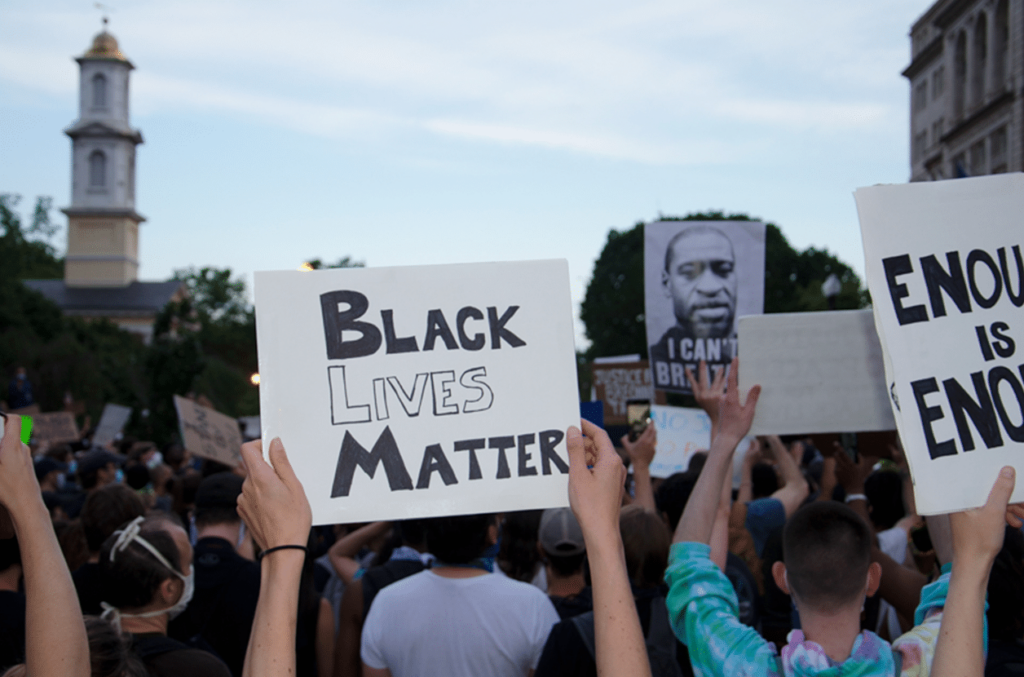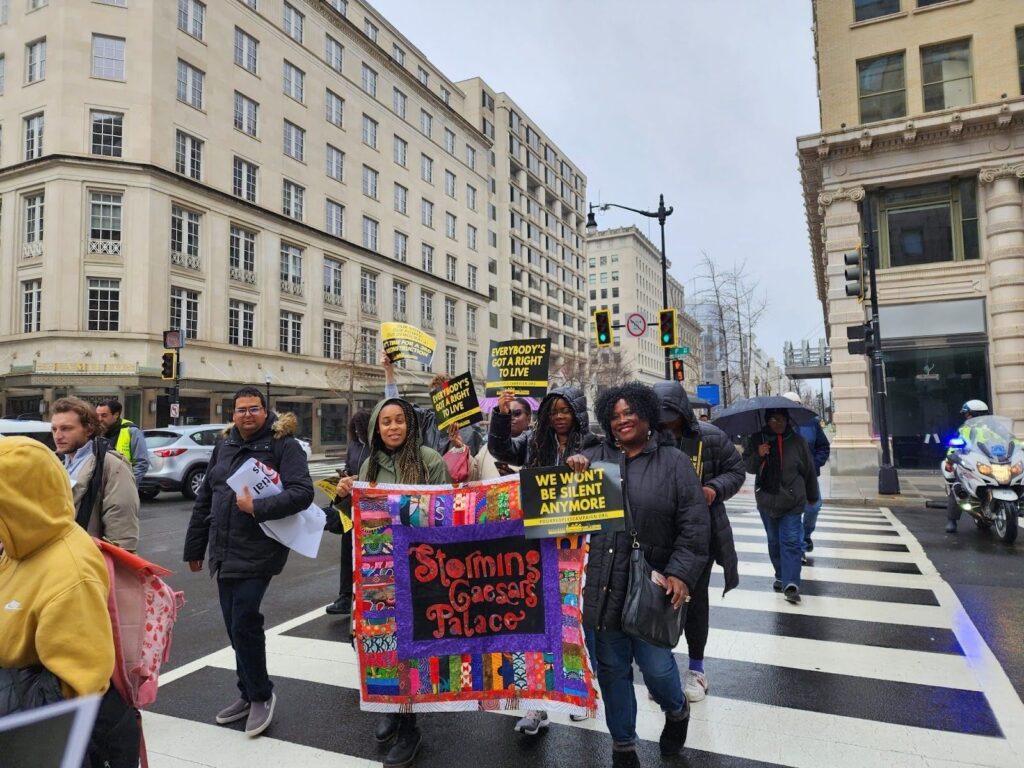This column was first published by TheDCLine.org on Aug. 11.
It is early evening in the midst of a historic time: a pandemic paired with a long-overdue push for racial justice. We are sitting in a beautiful Northwest D.C. public playground. The swingset, the climbing hill, and the nearby benches are occupied by families of every race and background, and children’s voices are lifted in glee. Most are speaking English, although there’s a smattering of Spanish mixed in. Some adults exchange greetings with extended family members as they arrive to share what little fresh air is moving on this hot summer day. Social distancing is in place, more or less, and the scene could easily be pictured on the front page of a newspaper as an example of the best of D.C. Beautiful, no?
No. This playground has, for the past few weeks, been a focal point of neighborhood tensions over the new short-term housing facility, The Brooks, which opened just one block away to 50 families this past spring. Friendship Place, which operates The Brooks under contract from the city, is quick to share the families’ progress: Already four families have exited The Brooks to new apartments, and families will spend, on average, just 90 days there while putting future plans together. The city has opened eight of these new programs, one in each ward, to ensure that every family experiencing homelessness in D.C. has a safe, supportive place to get back on their feet.
[Editor’s note: The Brooks is named after former Street Sense Media vendor Donald Brooks, who went on to work for the D.C. Department of Human Services and died in July 2019.]
Hundreds of Ward 3 residents have responded with open arms to the arrival of The Brooks and the families being supported there, including the creation of a Friends and Neighbors of The Brooks group and website. They know that privilege, which is apparent not just in beautiful homes and streets but in our neighborhood’s resources of great schools, parks, shopping and safety, should not be hoarded but instead shared. They applaud Mayor Muriel Bowser’s efforts to ensure better facilities and strong programs to help D.C. families reach the stability we all want for ourselves and our children. The pandemic has made grand celebrations impossible, but neighbors have raised funds to support families’ unexpected expenses. They’ve sent more than 1,000 books to The Brooks, as well as new games and toys, and made welcome baskets for every family. Still others have placed yard signs in the area to underscore their own beliefs: “Black Lives Matter,” “All Are Welcome Here,” “No Justice, No Peace.” This is the best of my neighborhood. We need to keep it up.
But to my great dismay, others have continued the pushback that the city met when this structure was first proposed on Idaho Avenue NW in the Cleveland Park/Cathedral Heights area. Zoning and court appeals brought against the city to resist building the facility in this location didn’t stop the project, but the ugliness has taken a more personal and undeniably racist turn. Local listservs have posts about children “playing rough” in “our playground.” Focus on “out-of-town cars” has increased (it is a sad fact that many D.C. residents’ extended families have left the District due to the price of housing). Residents of The Brooks have been stopped on the street and asked, “Where do you live?” Complaints pour in to the facilities director about the residents on a range of things from smoking in public (still allowed in D.C., whether we like it or not) to children playing on the sidewalk after 9 p.m.
For any who are reading listserv posts, or even this commentary, and are of the impression that this is not about race but instead about “behaviors,” it is time to look deeper. We need not look further than the nightly news for the dangerous consequences for Black people when those with power and privilege interpret “their behaviors.” It is past time to realize that the behaviors and biases we should focus on are our own.
What can we do to ensure these families are safe and welcome? Individually and collectively, neighbors and local congregations are banding together to learn and do more — and to ensure visible signs of our support. Our efforts include ensuring The Brooks has the resources its residents need, educating our neighbors about the work being done there, and posting anti-racist signage. It only takes a small number of outrageous actors and racist actions to create a climate of distrust and fear. We need to ensure that those being targeted can see and feel our support—and that the haters see a cost to their actions. We need to continue what we have already been doing to provide funds and resources that are needed, but take our efforts up a level, too.
First is education, for ourselves and others. Bias exists in all of us, and close introspection and learning are essential. Consider reading Ibram X. Kendi’s “How To Be an Antiracist,” and then consider reading more. But knowledge alone is insufficient—and silence is dangerous. Marches and calls for justice are one way to move the needle, but they require hyperlocal action. We must all commit to being wise and active bystanders anytime we see actions that are unfair. The Quakers have bystander intervention training as part of their sanctuary commitment, and you can watch online. Friendship Place is planning to present more targeted offerings online and in our neighborhood soon. Plan to attend.
I hope all of us in Ward 3 will band together with our new neighbors at The Brooks and recognize our responsibility in this moment to use our privilege to build a more just community.
Patty Stonesifer, a Cleveland Park resident, retired last year as president and CEO of the D.C.-based nonprofit Martha’s Table.








